SUBSTANCE USE DISORDERS
https://www.psypathy.com/mental-health-disorders/

Substance use disorders or substance addiction is a condition that is characterized by marked changes in the brain physiology, behavior and cognition of an individual that occurs as a result of either excessive or repetitive use of a psychoactive substance (tobacco, alcohol, illicit drugs). Substance use disorders fall under the category of mental health disorders.
ACUTE INTOXICATION
Acute intoxication is a condition that occurs after administration of a psychoactive substance like alcohol or illicit drugs. Intoxication leads to disturbance in consciousness, perceptions, cognition, behavior and physiological response of an individual. It is a transient condition, in that the effects of the substance reduce over time. The effect eventually diminishes completely in absence of further use of the substance.
The degree of intoxication depends upon the amount of substance taken. Different classes of psychoactive substances cause different intoxication effects at different dose effects.
HARMFUL USE
Harmful use is a pattern of substance use that leads to damage to marked damage to one’s physical as well as mental health. Physical conditions can include HIV or HPV infection from self-injected drugs. Psychological problems may include depressive episode that is secondary to heavy substance use.
DEPENDENCE SYNDROME
Dependence is a condition wherein the individual heavily relies on the substance that he/she abuses. Obtaining and consuming the substance takes a much higher priority for the individual than other interests and hobbies that previously had a greater value in one’s life. It affects one’s physiology, behavior and cognition.
There is a strong desire, often uncontrollable, desire to take the psychoactive substance. The individual finds it extremely difficult to fight the urge to indulge in the substance taking behavior, and this behavior often becomes compulsive over time. Withdrawal state is a marked feature of dependence syndrome wherein, the individual experiences a cluster of psycho-physiological symptoms upon abstinence from the substance taken.
There is also evidence of marked tolerance, in that, much higher quantities of the substance or drug is required to get the desired effect. (The same effect was previously attained on lower doses of the same substance.) There is a tendency to neglect other activities and interests due to the substance use (avoiding plans with peers in order to sit at home and consume alcohol). Amount of time that is spent in obtaining and taking the substance is significantly increased. This often affects other important areas of functioning in an individual’s life (personal, social and occupational).
There is a persistent and continuous use of the substance despite clear evidence of harmful consequences for self, others or family members. Substance use disorders impair one’s personal, social as well as occupational functioning significantly.
WITHDRAWAL STATE OF SUBSTANCE USE DISORDERS
Withdrawal state is a condition characterized by a number of specific physiological, behavioral, emotional and cognitive symptoms of varying intensities that appear upon complete or relative abstinence of a substance following prolonged use and/or high dose of that substance. The symptoms are often specific to the kind of substance used and can be varying in intensities from person to person for type of Substance use disorders.
DELIRIUM TREMENS
This is a condition in which the withdrawal syndrome is complicated by delirium. It is a short term, but often life-threatening condition. It usually occurs either during heavy drinking episode or upon abstinence from alcohol following a prolonged period of continuous use. The symptoms include clouded consciousness, confusion, somatic complaints, insomnia, tremors, delusions or vivid hallucinations, and often, fear. Some individuals might also have withdrawal convulsions preceding the onset.
SUBSTANCE INDUCED PSYCHOSIS
Substance-induced psychosis is a group of psychotic symptoms that arise either during or immediately after the use of a psychoactive substance. The symptoms often include vivid hallucinations (often auditory) which can occur in more than one modality. Misidentifications, delusions and/or ideas of reference are common. A certain degree of motor disturbance and an abnormal affect can also be present in most individuals. The symptoms can arise as early as within 48 hours of the substance use, or can have a late onset (2 weeks or more). The symptoms and severity can depend upon the substance taken, as well as the personality aspects of an individual. This condition is reversible and the symptoms can resolve within 1-6 months.
SUBSTANCE INDUCED AMNESIC SYNDROME
Substance induced amnesic syndrome is characterized by marked impairment in recall of recent events, as well as remote memory. Disturbance is also present in in time-sense, ordering of events, confabulation and difficulty in learning new information. These symptoms occur due to a history of chronic use of alcohol and drugs. Korsakoff’s syndrome is a condition which occurs due to chronic alcohol use leading to cognitive impairments in the individual.
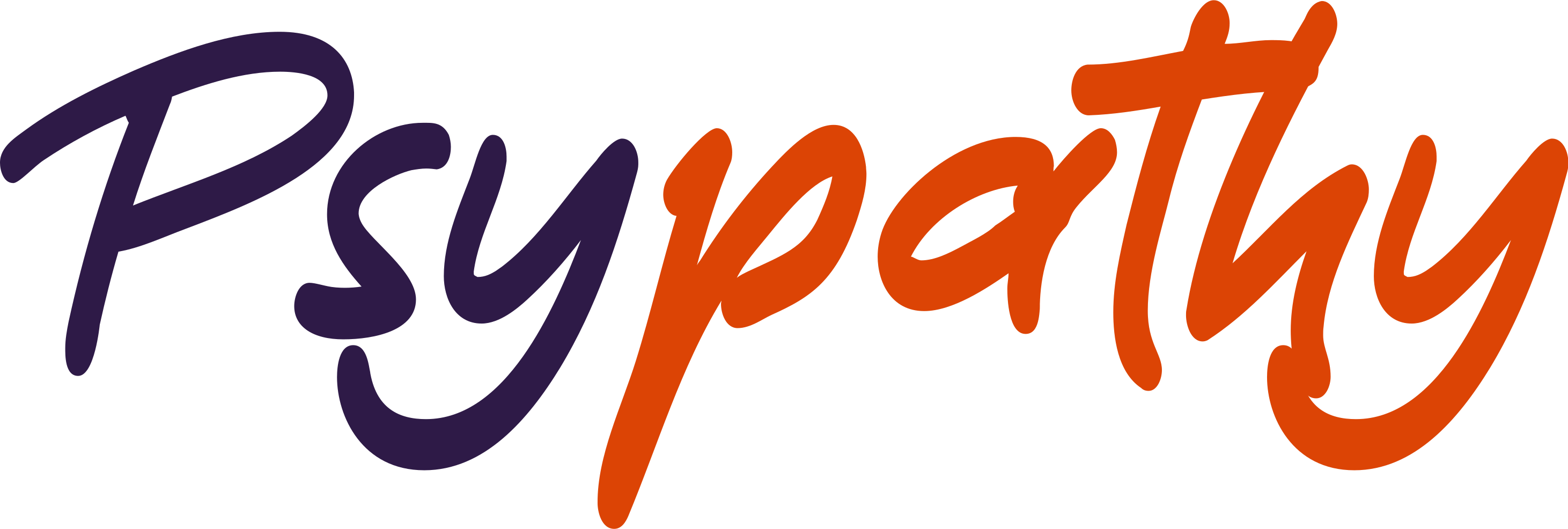
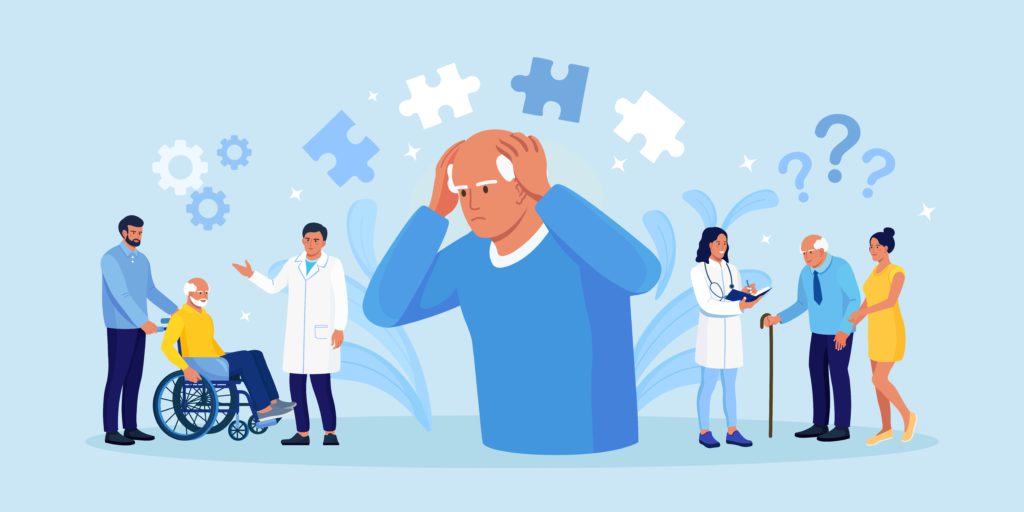
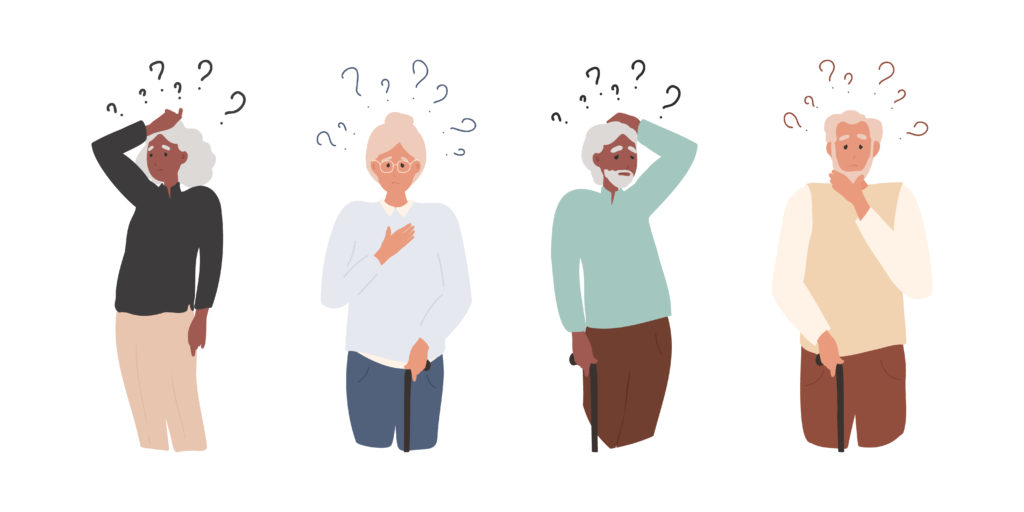
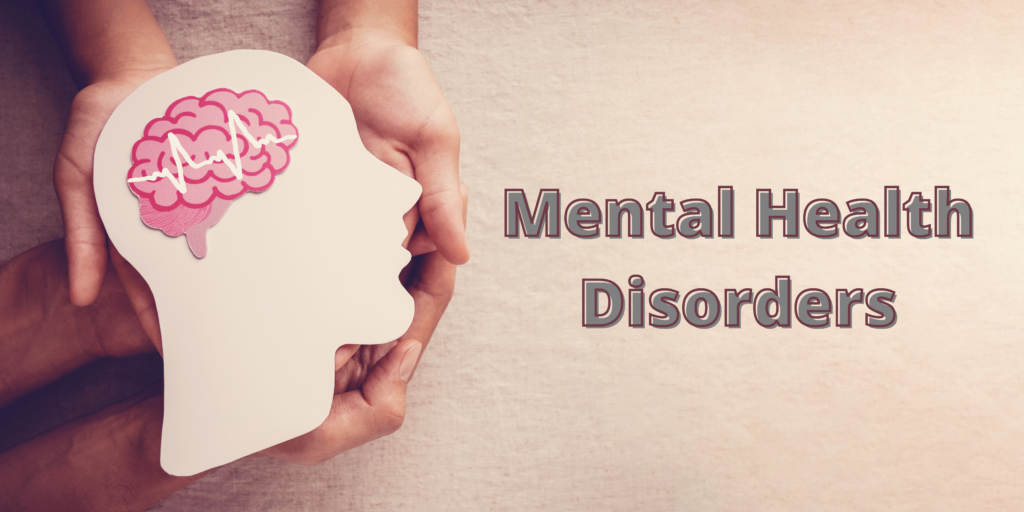
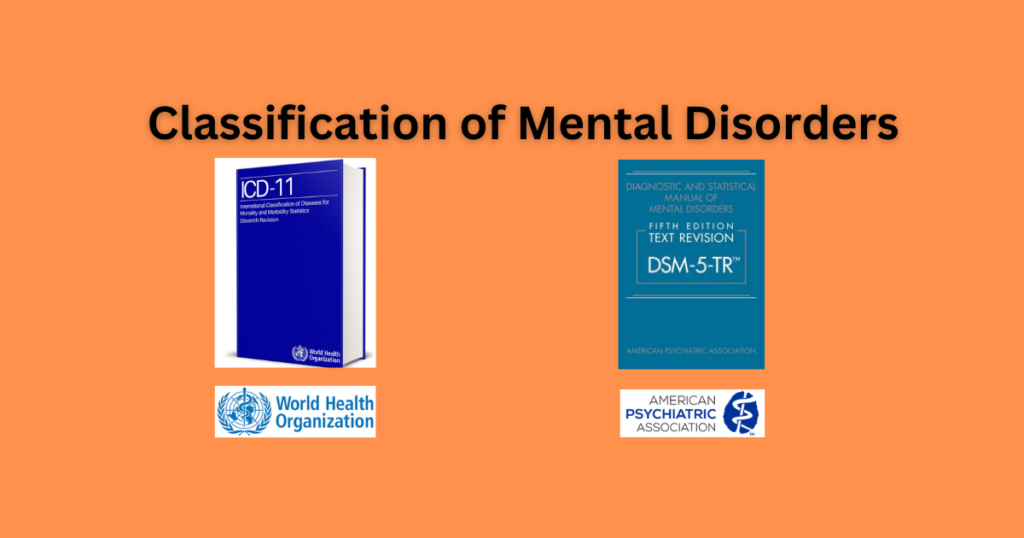


Responses